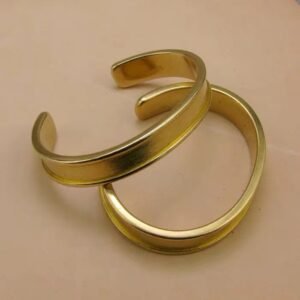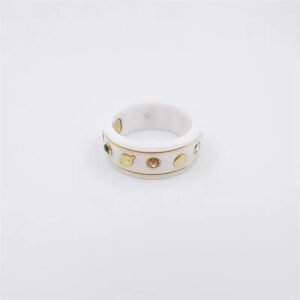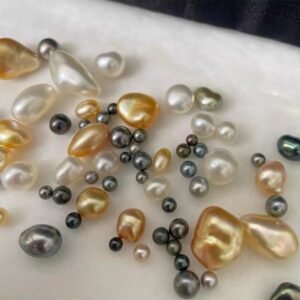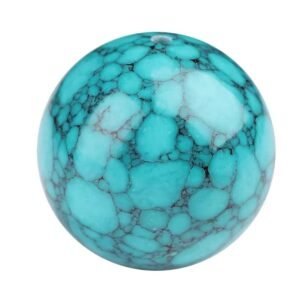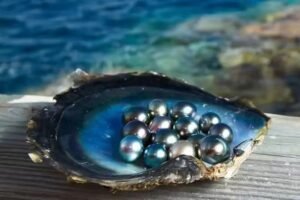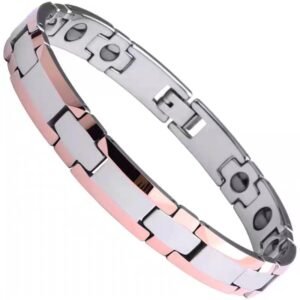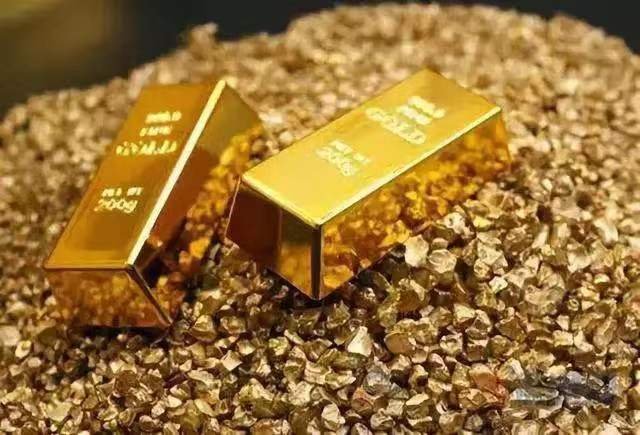
Jewelry materials are generally divided into three categories: metal materials, non-metal materials, and various synthetic materials (glass, gum, plastic). Metal materials are mainly introduced here.
8 kinds of precious metal material
Precious metals are gold, silver, platinum, palladium, osmium, iridium, ruthenium, and rhodium.The most common precious metals used in jewelry are gold, silver, and platinum and their alloys. The commonly used gold alloys are mainly 18K gold, 14K gold, 12K gold, and 9K gold. The most widely used silver is 925 silver; Commonly used platinum is Pt900, Pt950, and now Pt990 is also used in the market. Among these precious metals, iridium, platinum, and gold are the most stable, so merchants in the jewelry market are promoting platinum jewelry. However, too pure platinum (such as Pt990) in the setting of diamonds can easily lead to the inlay claw is not firm, resulting in the gem falling off. Gold is a traditional jewelry material, and various colors of gold add luster to jewelry. Silver is a relatively cheap precious metal jewelry material. However, because the property of silver is not as stable as gold and platinum, the surface is easy to oxidize, which needs to do in the silver surface treatment, usually plated with metal rhodium. If you find that your silver jewelry has deteriorated, you will need it cleaned.
1.Gold

Gold and its alloys are the most common precious metal materials in the jewelry market. They have long occupied the dominant position in the jewelry market. Its characteristics are as follows:
1. Gold has a large proportion (19.32g/cm), a high melting point (1064℃), and a low hardness (2.5-3).
2. Gold is chemically stable, not readily oxidized, insoluble in acid and alkali, but soluble in aqua regia (nitric acid: hydrochloric acid =1:3) and cyanide. Gold will also react with mercury.
3. Gold has good ductility and is suitable for mechanical processing. It can produce gold foil of 2.3um and gold wire of 10um in diameter.
4. Gold is golden yellow with stable chemical properties and does not fade. To increase the color, hardness, and wear resistance of the jewelry industry, other elements (copper, silver, cobalt, palladium) are often added to make various k-gold materials, which greatly enrich the types of gold jewelry. In general, the higher the gold content, the better the malleability and ductility of the gold fabric. 18 karat gold is 75%, adding 25% silver turns green; Add 25% copper to make it light red; Add 12.5% silver and 12.5% copper to become rose color; Adding 16.7% silver and 8.3% copper to turn golden yellow; The addition of 5% silver and 20% palladium makes it milky white, and there are other proportions that I won’t cover completely.
5. Gold (whether pure gold or gold) contains trace elements. Iron, bismuth, lead, and tin makes gold brittle. Silver, copper, nickel, aluminum, titanium can change the color and properties of gold; Zinc and cadmium have a duality to gold.
2. Silver
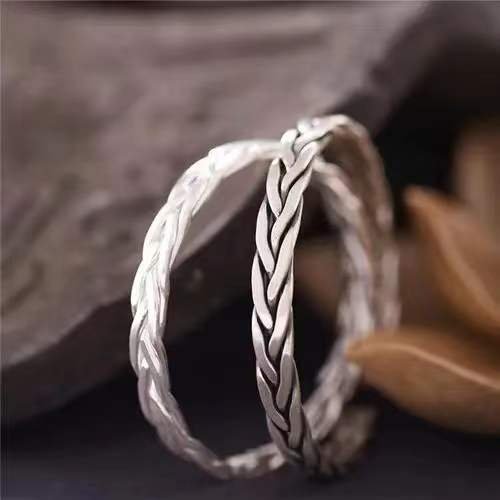
Silver was one of the first precious metals used in money circulation. With the development of the jewelry industry and the change of consumers’ concept, the silver jewelry market is getting bigger and bigger. The characteristics of silver are as follows:
1. The specific gravity of silver is medium (10.5g/cm), the melting point is 960.8℃, and the hardness is 2.7.
2. Silver is chemically more reactive than gold and platinum. Insoluble in dilute acid, but soluble in concentrated nitric acid and sulfuric acid, and with sulfide, cyanide, sulfites, and other reactions.
3. Silver has good ductility. The thinnest silver foil is 2.5um, which has good malleability and plasticity and is easy to weld and polish.
4. Silver is silvery-white and has the highest reflectivity of all metals. Common in the jewelry market is silver with a silver micro fraction less than 990, which is the most suitable for making jewelry due to its hardness and ductility.
3.Platinum
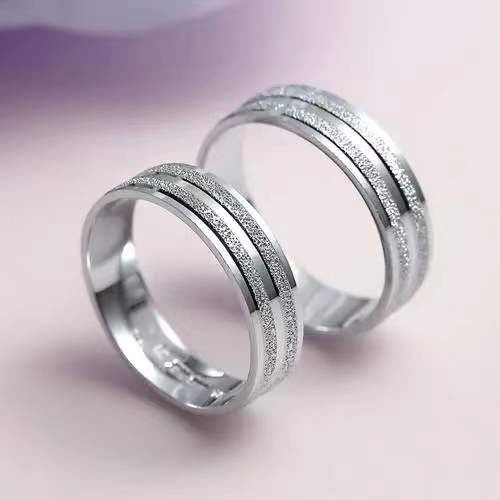
Platinum is the most widely used precious metal element in jewelry making. Platinum has the following characteristics:
1. The specific gravity of platinum is 21.45g/cm, and its melting point is 1769℃. Platinum is an element with a relatively high specific gravity among precious metals.
2. platinum color is not easy to change color. Chemical properties are stable, only soluble in aqua regia and strong alkali.
3. Platinum has excellent comprehensive machining performance excellent ductility. We can know one gram of platinum can be rolled thin by 3 square meters.
4. Other element metals can be added to platinum to make the color of platinum alloy brighter than pure platinum, which overcomes the uncomfortable feeling of the cold shade of pure platinum and is more suitable for consumers’ consumption concept.
4.Palladium
Mainly used as noble metal alloy material. Specific gravity 12.16g/cm, melting point 1552℃, hardness is higher than platinum; Very stable chemical properties, only soluble in aqua regia and nitric acid.
5.Rhodium
The specific gravity is 12.41g/cm, melting point is 1963℃. It is the primary electroplating material of white K gold and silver jewelry, rhodium plating after the jewelry becomes hard and wear-resistant. Rhodium plating on the surface of silver jewelry can prevent the oxidation of silver blackening.
6.Osmium
Blue-white, specific gravity 22.61g/cm, melting point is 4045℃.
7.Iridium
White, specific gravity 22.65g/cm, melting point 2447℃.
8.Ruthenium
Blue-white, specific gravity 12.45g/cm, melting point 2310℃.
Osmium, iridium, and ruthenium are hard and brittle and can only be processed by heating.
3 kinds of nonprecious metal material
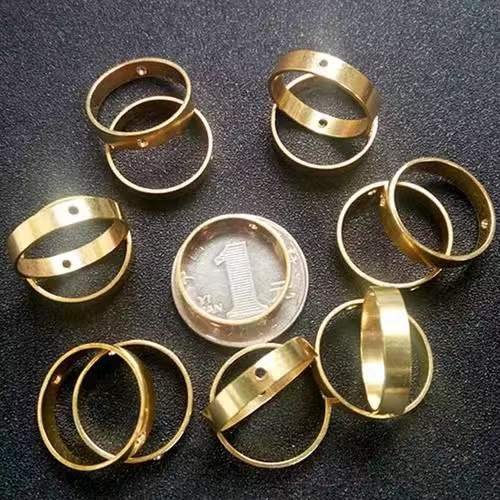
The non-noble metal materials related to jewelry making refer to copper, zinc, lead, aluminum, nickel, stainless steel, and some alloys, with copper, zinc, and stainless steel being the most commonly used.
1. Copper
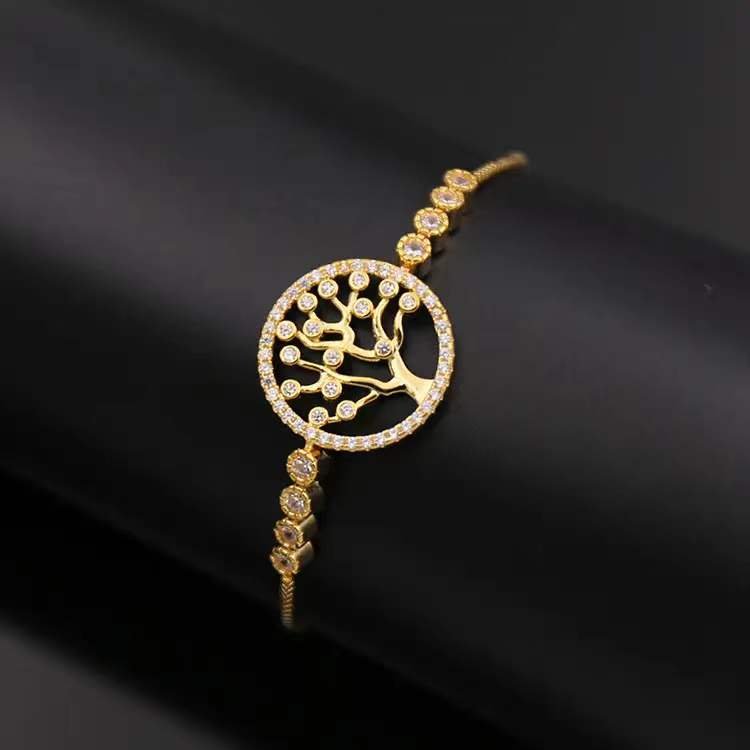
Pure copper and copper alloys are mainly used in jewelry making.
1. Pure copper (electrolytic copper, oxygen-free copper): specific gravity 8.96g/cm, melting point 1083℃, hardness higher than gold, silver, easy oxidation, and vulcanization. Good ductility and plasticity are suitable as the primary material of jewelry.
2. Copper alloy; Copper alloy is the common copper material used in jewelry. Commonly used are: red copper (zinc 15%), brass (zinc 15%-45%), bronze (tin 5%-20%). These copper alloys are generally made into the body first and then become imitation gold or silver materials into the jewelry market after gold or nickel plating. Copper alloy is often used as imitation gold material, aluminum alloy, nickel alloy is often used as imitation silver or platinum material.
The copper alloy also often adds a certain proportion of zinc, tin, and some rare elements, prepared into a different color, brightness, and mechanical properties of imitation gold jewelry materials. The cost of copper alloy gold imitation material is not high, but the price of technical research is high.
2. Zinc
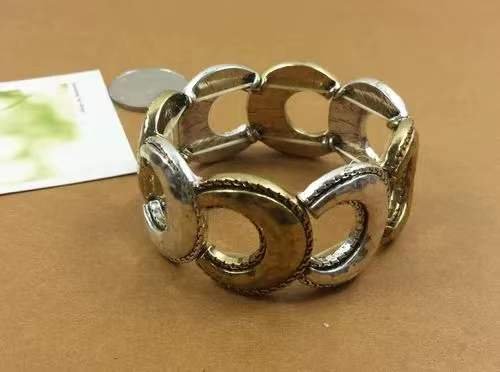
Zinc is commonly used in jewelry materials. Zinc has a low melting point and can oxidize at room temperature. Its surface is gray and white. Zinc can reduce the melting point of alloy materials, increase the fluidity and wettability of alloy materials, and also increase the luster and color of alloy; On the other hand, too much zinc in the alloy will increase the brittleness of the material, reduce the ductility of the material, which is not conducive to the processing of the material.
3. Stainless steel
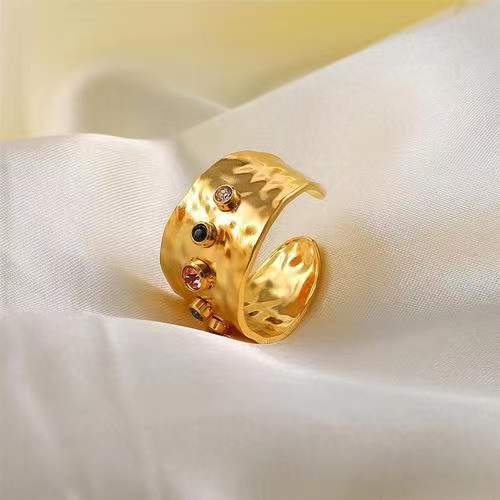
The standard steel in general industry and life, mostly 302, 304, and 403, only the natural use of 316L stainless steel, can make white and bright. The human skin is not allergic and does not reject 316L stainless steel jewelry. 316L stainless steel is characterized by firm acid and alkali resistance, no discoloration, no allergy, no deformation, hard and bright. It is not oxidized high density. The production of jewelry after polishing can have a white luster, so fashion people love it. Stainless steel jewelry made of 316L stainless steel is superior to stainless steel jewelry declared by the general market both in brightness and value. The non-allergenic nature of 316L stainless steel is its most significant value.
316L stainless steel is a very plastic material. 316L stainless steel with a high-tech casting process first-class grinding can fully display a variety of unique jewelry design styles. Jewelry designers often use stainless steel materials, showing fashion’s neutral and simple spirit. The texture is delicate and smooth, sending out 316L stainless steel unique calm and collected breath, wear to show style eternal taste.
Jewelry production materials are strictly prohibited to exceed the standard of metal materials
1. Jewelry containing much lead will show a blue-gray color. If accumulated in the human body through contact with jewelry, the excessive lead will seriously harm the human nervous system, especially the digestive and hematopoietic systems.
2. Jewelry containing more cadmium will directly stimulate people’s respiratory tract and endanger organs such as the liver and kidney.
3. Contain nickel more headgear, can be brighter and hardness tall, after exceed bid can cause contact dermatitis, cause central sex circulation and breathing disorder. The harm is still enormous.

